There was wine. Words were censored. The audience was split. The trophy had to be dismantled. Here’s a recap of what went down at the Saturday Indesign Debate at 72-13.

Hunn Wai, Joshua Comaroff, Sarah Ichioka, Razvan Ghilic-Micu, Tan Szue Hann
October 18th, 2019
There’s nothing like friendly jostling to inspire deeper and much-needed conversations about a difficult yet pressing topic. The inevitably prickly proposition: Designers Are Lazy When It Comes To Sustainability.
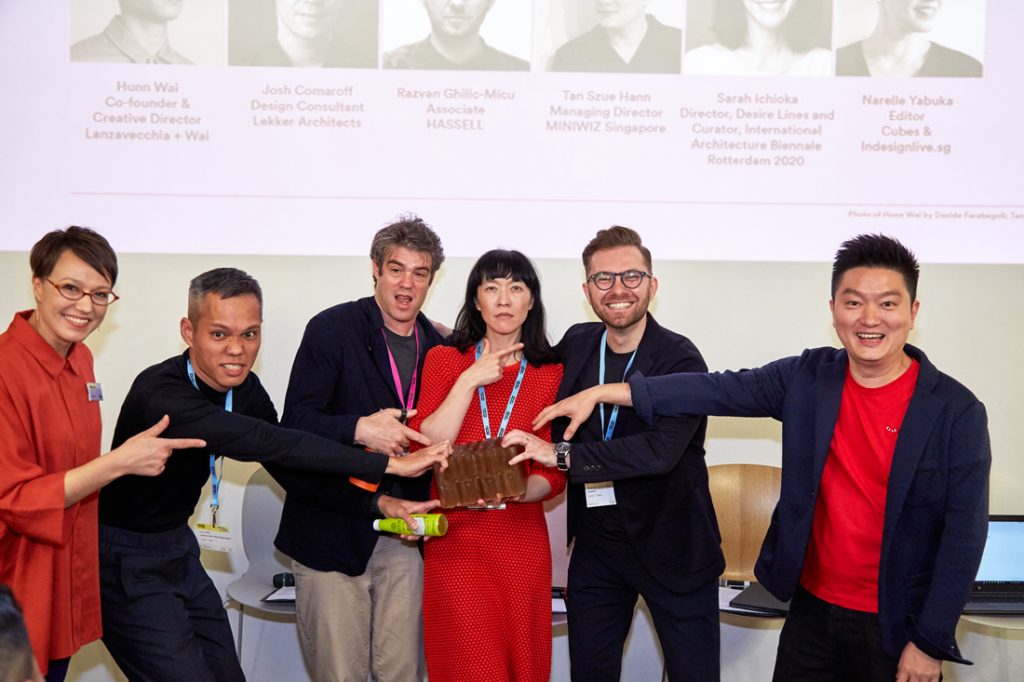
Narelle Yabuka (Moderator), Hunn Wai, Josh Comaroff, Sarah Ichioka (Commentator), Razvan Ghilic-Micu, Tan Szue Hann
Sitting on the ‘for’ team was Hunn Wai (Co-founder and Creative Director, Lanzavecchia + Wai) and Joshua Comaroff (Design Consultant, Lekker Architects). Wai set the stage by relaying context on the materialisation of consumerism from post-WWII to the digital age. “Designers are part of this mechanism,” he said, holding designers and marketers culpable in fuelling consumers’ wants. “We are all lazy in thinking, lazy in wanting better, [lazy in wanting] more responsibility, [and] lazy in self-awareness,” he added.
Revealing mixed feelings towards the profession of architecture recently, Comaroff contended that architecture is on the wrong side of history. While buildings are being erected at an unprecedented rate, more architects are being educated, contributing to the problem.
He compared green buildings to “low-tar cigarettes” – although less harmful, they continue to damage the environment. “They allow us to over-consume under the belief that over-consuming sustainably is in fact sustainable. It forces us not to think of alternatives – for example, building less; using buildings for longer; reusing and not demolishing perfectly good buildings,” he said.
On the opposing panel, Razvan Ghilic-Micu (Associate, HASSELL) and Tan Szue Hann (Managing Director, MINIWIZ Singapore) focused their argument by highlighting that despite the limitations of a designer within an entire ecosystem, there have been exemplary works by designers all over the world who have risen above in their efforts to fight climate change. “We are working on it and we should never stop until these examples are not outliers but the norm,” said Ghilic-Micu.
Countering Comaroff, Tan pointed out that the Green Mark rating scheme was not born from laziness and in fact, has spawned new industries and explorations into more sustainable practices such as zero-energy buildings and buildings that turn food waste into compost. And there are other factors at play against sustainability such as budgets, deadlines and ROI.
Closing the debate, commentator Sarah Ichioka (Director, Desire Lines, and Curator, International Architecture Biennale Rotterdam 2020) acknowledged the valid points of both sides and proposed: “How are we, as designers, going to act in a way that is about making a new system rather than chipping away in tiny ways?” She asked the audience to consider the position of a designer beyond the professional identity to operate as “our whole selves” in approaching the challenges that we face as a collective.
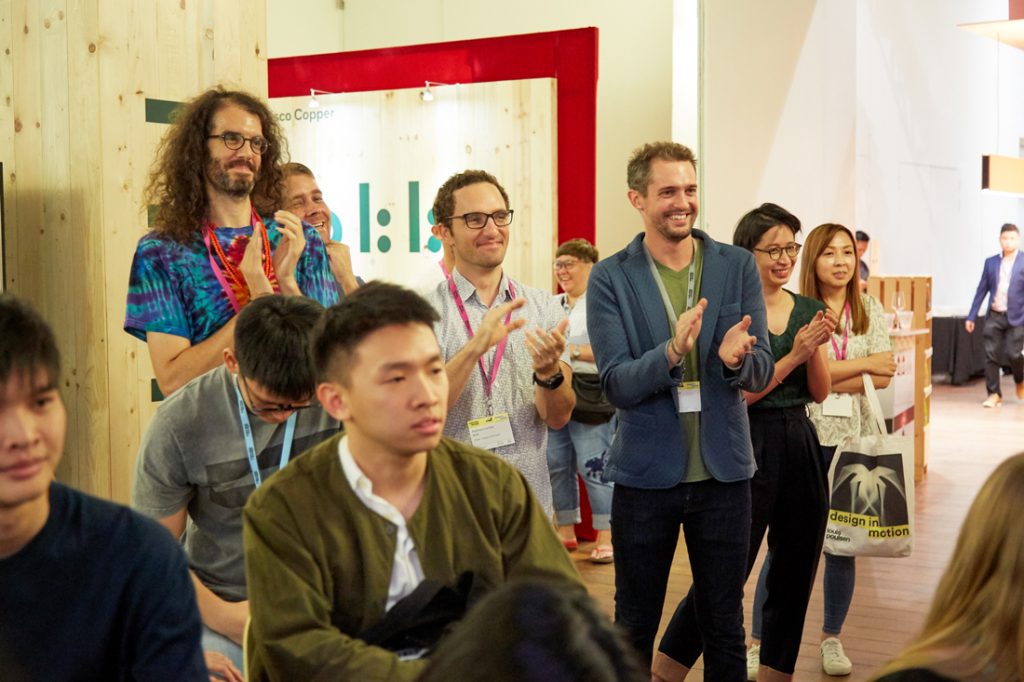
“Don’t put yourself in a box. We have so much more power,” she concluded, putting a thought-provoking end to the session.

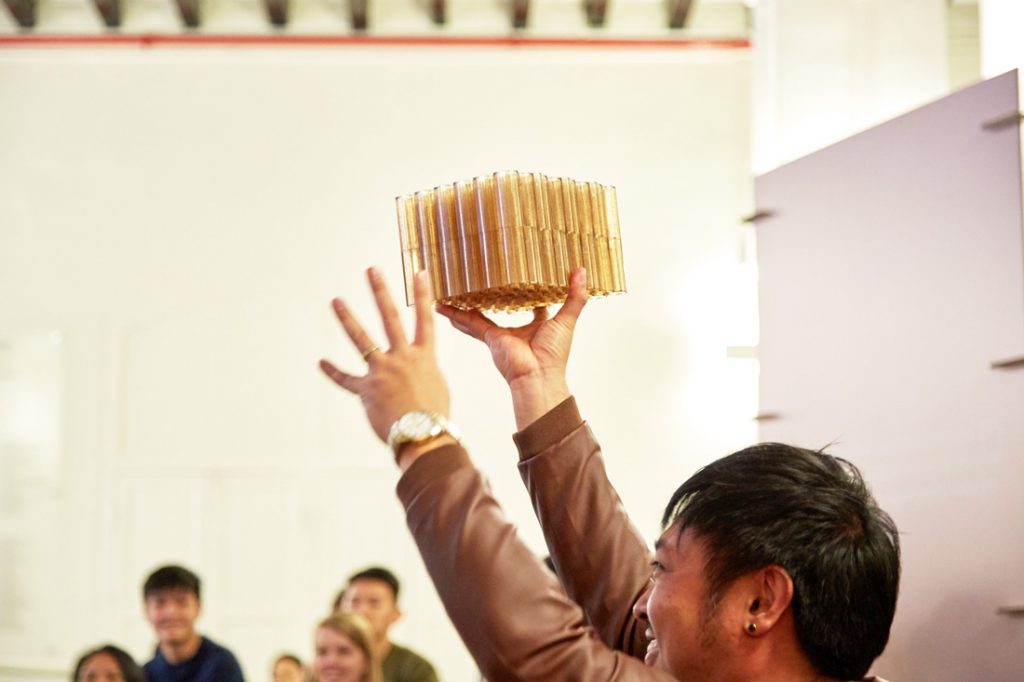
The Debate trophy: a Poli-Ber brick from MINIWIZ
INDESIGN is on instagram
Follow @indesignlive
A searchable and comprehensive guide for specifying leading products and their suppliers
Keep up to date with the latest and greatest from our industry BFF's!
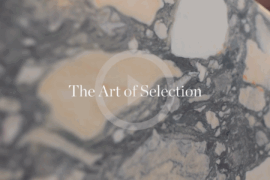
CDK Stone’s Natasha Stengos takes us through its Alexandria Selection Centre, where stone choice becomes a sensory experience – from curated spaces, crafted details and a colour-organised selection floor.
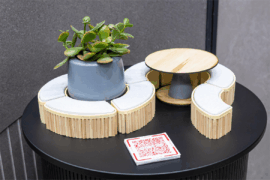
From the spark of an idea on the page to the launch of new pieces in a showroom is a journey every aspiring industrial and furnishing designer imagines making.
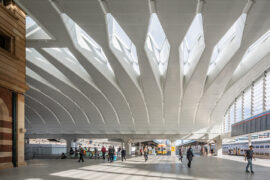
The Australian Institute of Architects has unveiled 43 projects representing the pinnacle of contemporary design, with winners addressing housing, climate and affordability crises through innovative solutions.

Community, Country and climate were centred at the 2025 Australian Institute of Landscape Architects (AILA) Awards in Lutruwita/Tasmania on 21st October.
The internet never sleeps! Here's the stuff you might have missed

‘Come Together’ takes a global view of multigenerational design, an increasingly popular phenomenon with some especially notable examples in Australia.
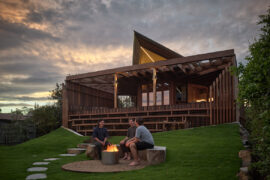
Recognised as a winner at the INDE.Awards 2025, Barton Taylor has received The Photographer – Residential accolade. His photographic work on Cake House captures the soul of a coastal icon reimagined, blending light, texture and atmosphere into a compelling visual narrative.
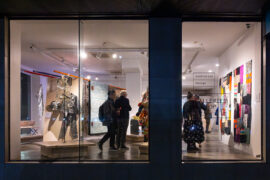
The Australian Design Centre (ADC) has announced that the organisation can no longer continue without adequate government funding to cover operational costs.
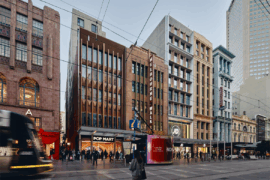
Merging two hotel identities in one landmark development, Hotel Indigo and Holiday Inn Little Collins capture the spirit of Melbourne through Buchan’s narrative-driven design – elevated by GROHE’s signature craftsmanship.